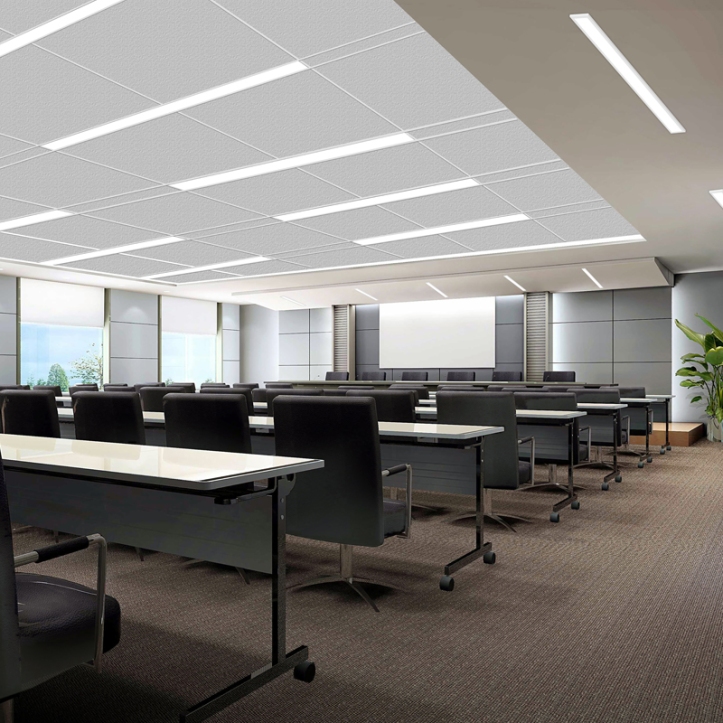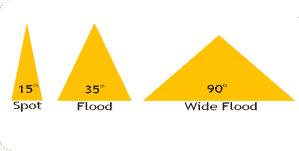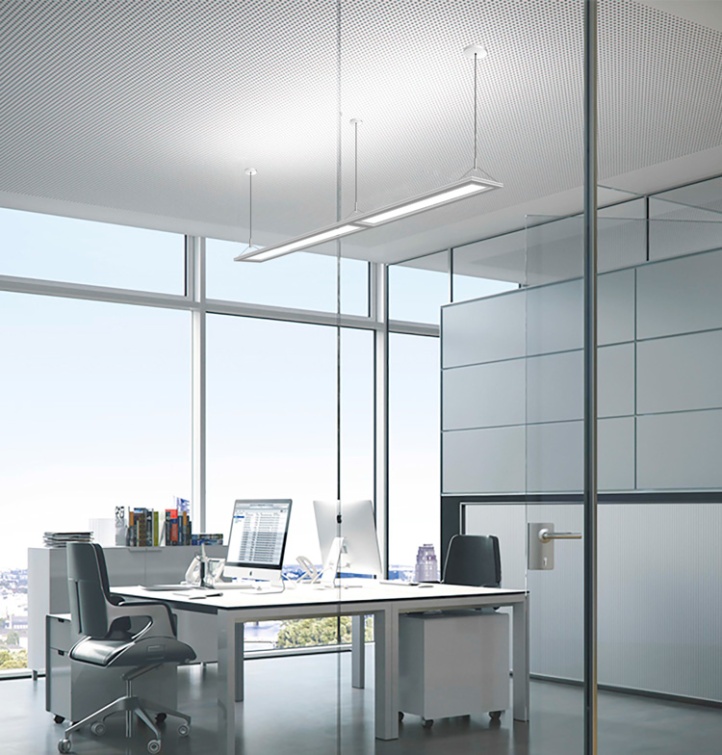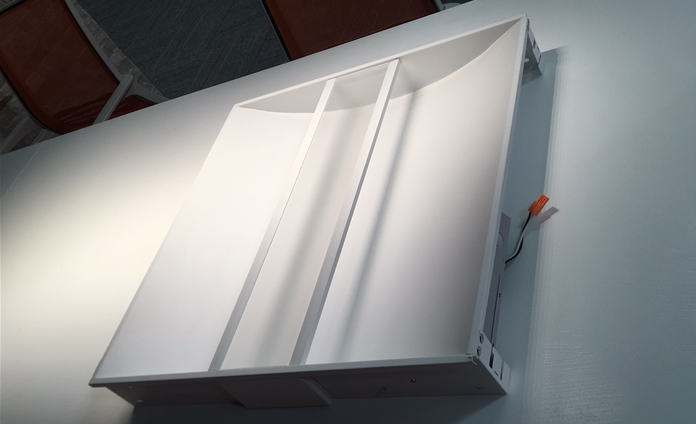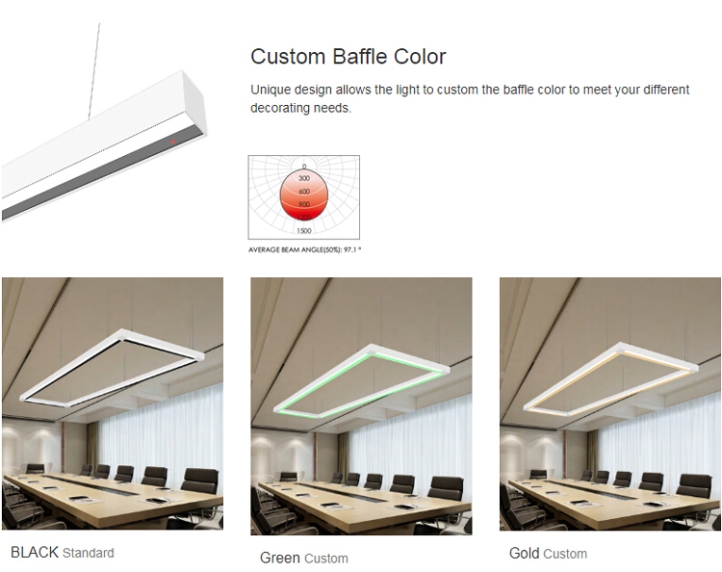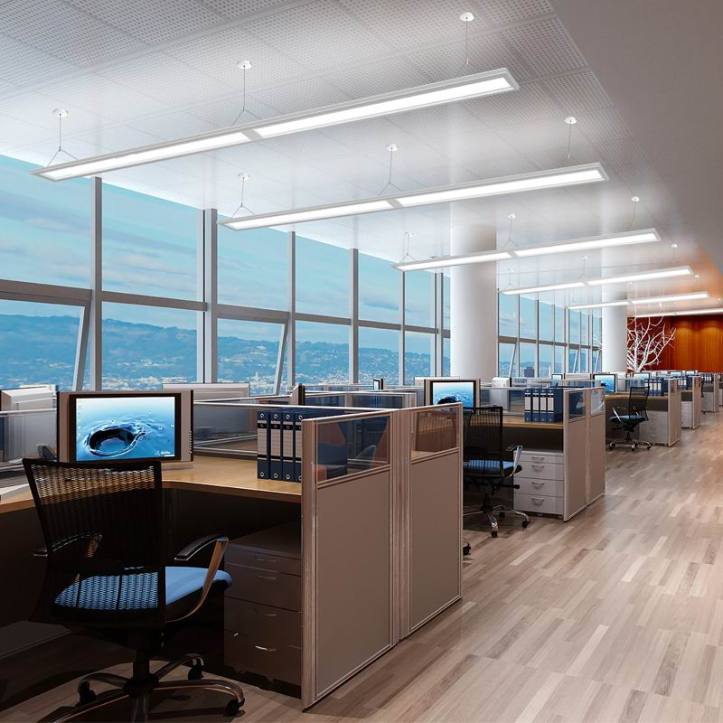Natural Light
A lot of research shows that not only natural light is more popular with students, but appropriate natural light stimulation can help prevent myopia.
Illumination
Obviously, classroom lighting cannot rely on natural light alone, and artificial lighting is necessary. Illumination is one of the most important indicators of lighting systems. Basically, countries have similar standards. For example, the United States, the United Kingdom, China and other countries have stipulated that the average illuminance of the desk is not less than 300 lux. Specify the upper limit of illuminance. Although many studies have shown that high brightness (such as 1000 lux) can improve students’ attention, excessive lighting can cause physical discomfort and glare disability.
Illuminance uniformity refers to the ratio of the minimum illuminance to the average illuminance on a specified surface. Generally, the more uniform the illuminance, the higher the visual comfort. Relevant standards stipulate that the uniformity of illuminance on the desk is no less than 0.7, and that of the blackboard is no less than 0.8.
Glare and comfortable lighting environment should avoid all kinds of glare. The causes of glare include excessive brightness, uneven distribution and direct light. The national standard stipulates that the uniform glare value (UGR) of the classroom is less than the critical glare value of 19. In some industry and local standards, there are more stringent regulations, such as no higher than 16.
Strobe refers to visual and non-visual effects caused by changes in brightness or spectral distribution over time. Almost all types of light sources may produce strobes, but different types of light sources have different strobe characteristics and safety indicators. Internationally, the Institute of Electrical and Electronics Engineers IEEE, the International Commission on Illumination CIE, etc. have clearly stipulated the scope of the stroboscopic hazard. Some industries and local standards in China refer to the above standards. It should be noted that the frequency of the light output waveform greater than 3,125 Hz has already exceeded the speed of the human eye nerve response, so the test can be waived (high-frequency exemption).
Blue light hazard refers to the tension of the eyes and fatigue caused by the 400-500nm blue band in the light when the brightness is too high, and long-term exposure may cause damage to the retina. According to relevant national and international standards, blue light hazards are classified into four levels: no danger, low danger (type 1), medium danger (type 2), and high danger (type 3). Since blue light hazards only exist when the brightness is high, Therefore, lamps with a brightness of less than 10,000 cd / m2 can be regarded as a non-hazardous level and need not be tested.
Color Rendering Index (CRI)
In popular terms, it refers to the natural light (or standard light source) as the reference standard, the degree of reduction of the color of the object in the artificial lighting environment. The closer the color is to the color rendering index under natural light, the better the visual effect is. The highest value is 100, which means that the light source is exactly the same color displayed under natural light. Relevant standards require that the color rendering index (Ra) of ordinary classrooms is not less than 80, and the special occasions such as art classrooms and multimedia classroom projection areas are not less than 90.
Color Temperature(CCT)
In the classroom environment, many studies have confirmed the impact of color temperature on student learning performance. For example, studies by Sleepers (2013) show that students can concentrate more in high color temperature (6500K) lighting environment; Yan (2010) experimental results show that students have the highest learning efficiency in medium color temperature (4000K).
